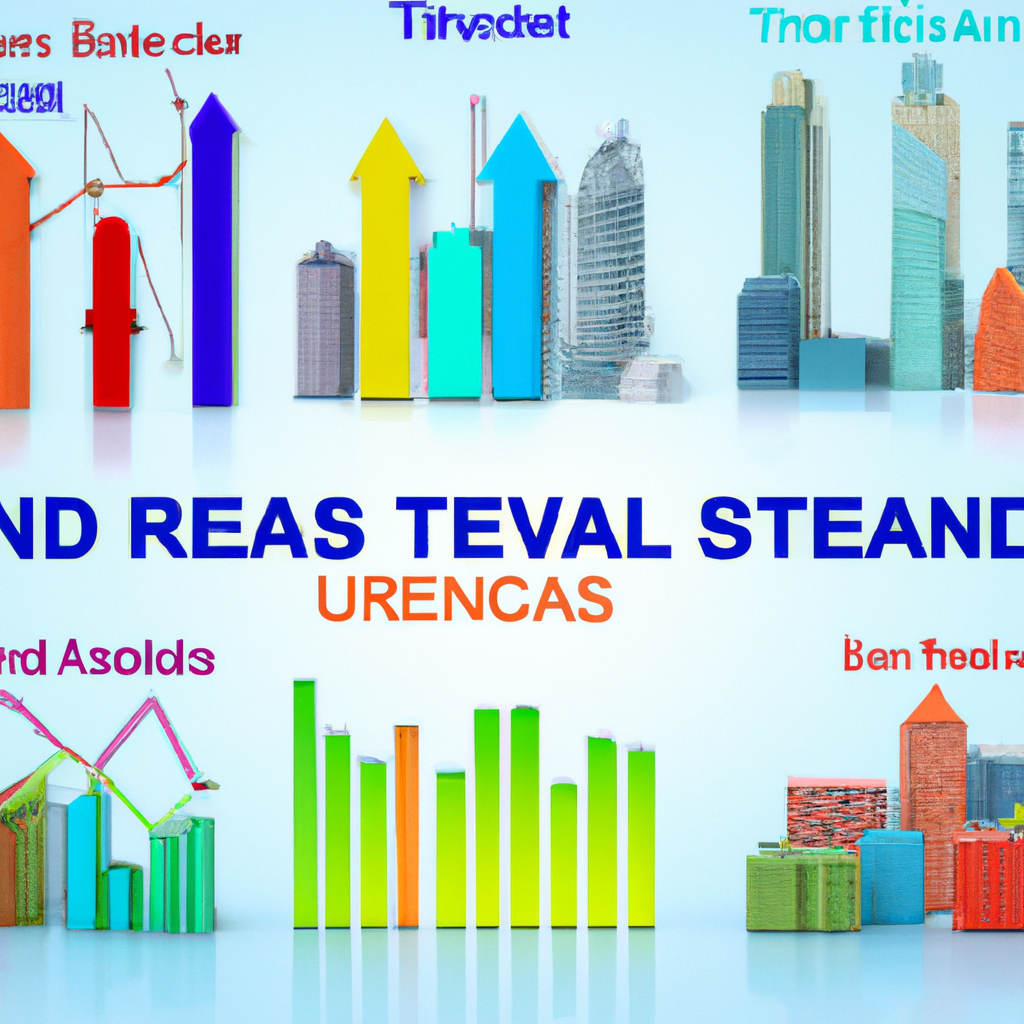As we move through the start of a new decade, the landscape of urban housing markets is witnessing significant shifts. This blog post delves into the latest real estate trends within major American cities, emphasizing the changes and continuities that are shaping the way we buy, sell, and live in urban environments. From rising tech hubs to the resurgence of downtown living, we explore the myriad factors influencing these markets today.
Urban Revitalization and Gentrification
Many city centers are experiencing a resurgence as both young professionals and retirees are drawn to the amenities and lifestyle that urban living offers. This revitalization often leads to gentrification, a complex process featuring renovating deteriorated urban neighborhoods which can result in increased property values and the displacing of lower-income families.
Cities such as Denver and Nashville have seen notable shifts, where historic warehouses and factories are being converted into loft apartments and luxury condos, attracting a new wave of affluent residents and transforming the urban backdrop.
However, this trend brings challenges such as maintaining affordable housing and ensuring long-term residents are not pushed out, prompting city governments to explore various policies aimed at responsible development.
Technology and Real Estate
The influence of tech industries on housing markets is undeniable, particularly in cities like San Francisco and Seattle. The proliferation of well-paying tech jobs has led to an influx of high-income professionals seeking housing, consequently driving up home values and rental costs.
These markets are fast-paced with competitive bidding and high cash-reserve requirements, making it difficult for non-tech homebuyers to keep pace. Furthermore, the recent shift towards remote work due to global health events may redistribute this dynamic as workers are given more flexibility to live outside of traditional tech enclaves.
Tech giants are also increasingly investing in real estate developments themselves, advocating smart city initiatives, and fostering the growth of digital real estate services.
Sustainability and Green Living
As environmental awareness grows, so does the demand for green, sustainable living options. Cities including Portland and Austin are leading the way in integrating eco-friendly design and energy-efficient technologies into both residential and commercial properties.
This includes features such as solar panels, green roofs, and LEED-certified buildings. Such elements are not only good for the planet but can also lead to long-term cost savings for residents, making sustainable living a compelling trend.
Moreover, urban planners are focusing on creating neighborhoods that emphasize walkability and community-oriented spaces, which cater to a population increasingly conscious about their environmental footprint.
Changing Demographics
The American demographic landscape is transforming, and so are its urban housing markets. With millennials now constituting a substantial portion of the workforce, their preferences are shaping housing trends.
This generation favors mixed-use developments that provide a combination of residential, office, and retail space. Additionally, many are delaying traditional milestones such as marriage and parenthood, which influences the types of properties they are seeking, with a clear preference for smaller, more flexible living spaces.
On the other side of the spectrum, baby boomers are downsizing and looking for properties that offer convenience, accessibility, and a strong sense of community, often within urban settings.
THE IMPACT OF POLICY AND REGULATION
Housing policy and zoning regulations play pivotal roles in shaping the availability and type of real estate in cities. Policies such as rent control in New York City or zoning laws in Los Angeles can have far-reaching effects on affordability, availability, and the pace of development.
Developers and city officials often grapple with the balance between promoting growth and protecting residents’ interests. As such, potential changes to laws and regulations are hot topics that can indicate the direction a city’s housing market might take.
Moreover, the federal policy shifts regarding taxation and homeownership incentives are also significant factors to watch.
The forces influencing real estate trends in America’s urban areas are both diverse and dynamic. From the tech-driven markets of the West Coast to the revitalized downtowns of the South and Midwest, these trends reflect broader societal shifts. Individuals looking to engage with the urban housing market— whether as buyers, sellers, or investors—must stay informed and adaptable to navigate the evolving landscape. Anticipating these shifts and understanding local nuances will be key to making informed real estate decisions in America’s vibrant cities.

